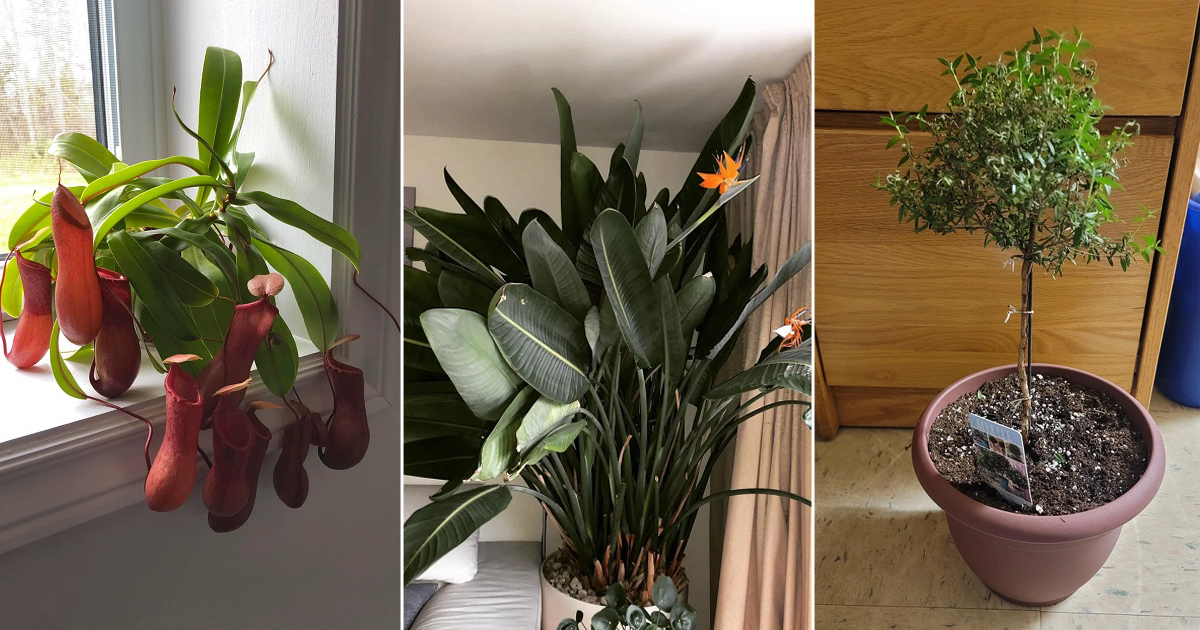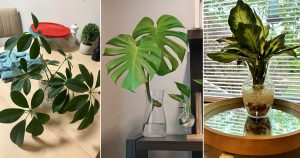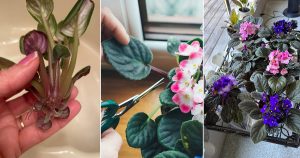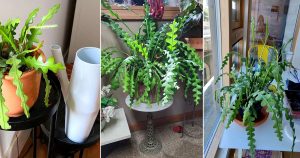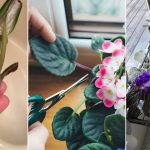Learn Tips to Move Outdoor Plants Indoors for Year-Round Beauty and keep them healthy, lush, and vibrant through every season.
As the gardening season ends, don’t let winter mean garden withdrawal. With simple tips to move outdoor plants indoors for year-round beauty, you can enjoy greenery and style all season. Bring in select plants, patio furniture, and décor to enhance your home. Like pruning, balance is key—too much can overwhelm, but just enough creates harmony. Leave heavy pieces outside, “winterize” wooden chairs with floral cushions, and repurpose fragile items indoors for both protection and charm.
Tips to Move Outdoor Plants Indoors for Year-Round Beauty
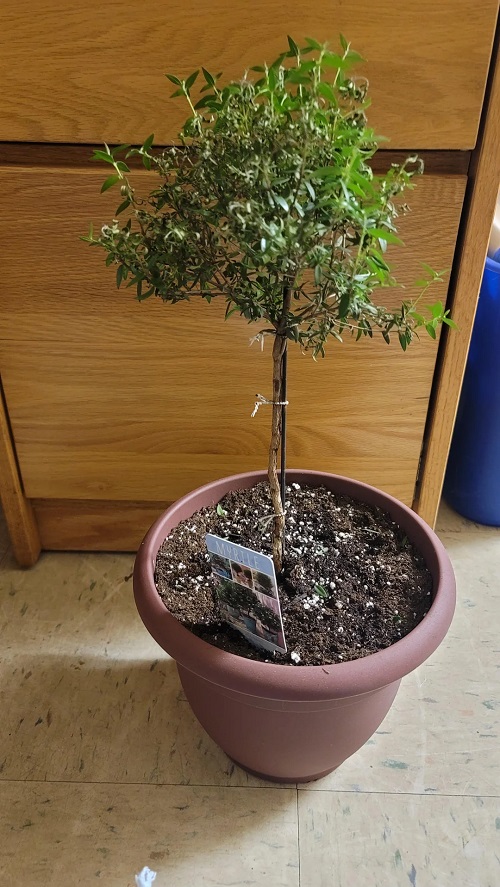
Why suffer garden withdrawal when you can extend the season?
Myrtles
Overwintering dwarf myrtle (Myrtus communis ssp. tarentina) topiaries flank the fireplace at the hearth and atop the mantle. Mist the foliage frequently to compensate for drier indoor conditions, and allow the soil to dry out between waterings. The topiaries need light, but keep them out of direct sun; a quarter turn every few days will keep them growing straight. Ivies planted at their bases spill over the containers’ square edges, softening their appearance. Zinc containers with curvy lines complement the small heart, while the mantle pots blend with the muted wall colour and the white-painted wooden finial accents.
Candles & tropicals
Low-light lovers asparagus fern (Asparagus densiflorus) and moss fern (Selaginella pallescens) create a forest floor in front of the unused fireplace. Available year-round in stores that stock tropicals, they’re priced modestly enough to green up a large area. When lit, the candles add a moonlight effect, but care should be taken to ensure plants are at a safe distance from flames.
Coffee table
A sturdy coffee table, constructed from a French cast-iron panel, is reminiscent of a garden gate and continues the room’s garden theme. Able to withstand the elements, it could remain outdoors all season but looks right at home in front of the sleek, modern sofa. A pair of cast-iron gates flank the fireplace.
Kitchen office
No need to banish the home office to a dark basement or share your bills with house guests in the spare room. Set up a small area in the kitchen with garden furnishings that have to be stored indoors for the winter; the potting table scrubs up handsomely as a desk, while mini urns function as pencil holders. The iron garden chair, with just the right amount of rust, sports an attractive new cushion and fits neatly beneath the desk; an oxalis transplanted from a shady spot in the garden thrives in a classic fluted urn.
Ideas for adding a touch of nature indoors

Bathroom
Garden elements are right at home in the bathroom. The pitcher plant (Nepenthes ventricosa) adds some exotica with its pendent, carnivorous flowers and glossy green leaves; it thrives in the bright, humid conditions. New Zealand flax (Phormium ‘Rubrum’), a pricey, tender perennial that must be brought indoors for the winter in most parts of the country, also enjoys the sunny room.
Shelf
An antique section of dentil moulding from the early 1900s complements the clawfoot tub and provides storage for “all things bath” with room for a pretty iron accent and wooden finial.
Bird bath
With few feathered friends around needing a soak, an antique bird bath moves indoors and serves as an elegant table while faux moss-covered rocks add colour and texture beneath the glass top.
Survival Strategies
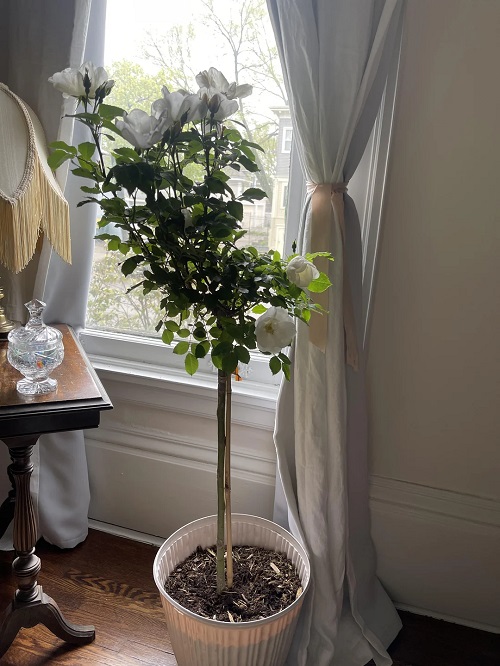
- Bring plants indoors before the weather cools off. That way, they’ll be moving into conditions similar to those outside (high air humidity, warm temperatures), so it’ll be less of a shock.
- Before bringing plants in, eliminate any pests or diseases. Hose them down, then spray from top to bottom (including the undersides of leaves) with a mild insecticide, such as insecticidal soap, or a homemade solution of five millilitres of dishwashing liquid in one litre of water.
- Prune overgrown plants heavily as you bring them inside; some may need repotting if they’ve outgrown their summer homes.
- Place plants in the brightest light available, even full sun. Add supplementary light if possible: the more your plants’ winter home feels like Florida, the better they’ll do.
- Use a humidifier or a humidity tray (a tray filled with gravel kept partially filled with water to ensure constant evaporation).
- Stop fertilizing plants once they’re indoors: you don’t want to encourage growth under weak light. Start feeding them again in late February or early March, when light intensity increases.
- Water deeply, but wait until the soil is dry to the touch before watering again.
- Put up sticky traps to catch any wayward whiteflies and aphids.
Patio Plants that Make Great Houseplants
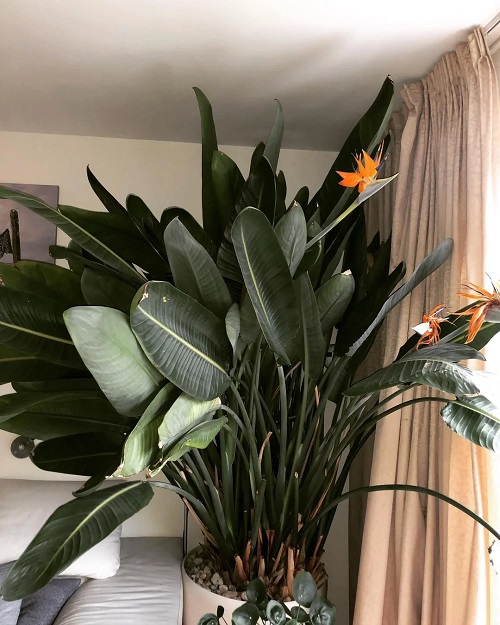
1 Bougainvillea spp.
2 Brugmansia
3 Lantana camara
4 mandevilla spp.
5 Banana (Musa acuminata)
6 Oleander (Nerium oleander)
7 Zonal geranium (Pelargonium x hortorum)
8 New Zealand Flax (Phormium tenax)
9 Bird of paradise (Strelitzia reginae)
10 Tibouchina spp.
Houseplants that make great patio plants
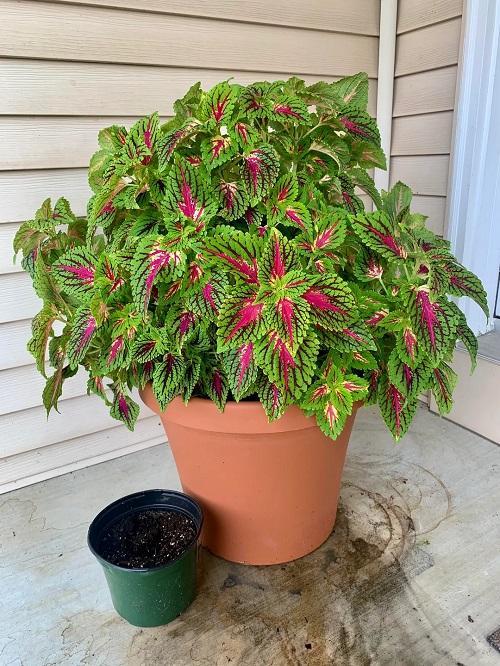
1 urn plant (Aechmea fasciata)
2 American aloE (Agave americana)
3 parlor palm (Chamaedorea elegans) and other palms
4 Calomondin orange (x Citrofortunella microcarpa)
5 JAPANESE CYCAD (Cycas revoluta)
6 Dracaena fragrans, D. MARGINATA
7 English ivy (Hedera helix)
8 Chinese Hibiscus (Hibiscus rosa-sinensis)
9 Tree philodendron (Philodendron bipinnatifidum)
10 Coleus (Solenostemon scutellarioides cvs.)

